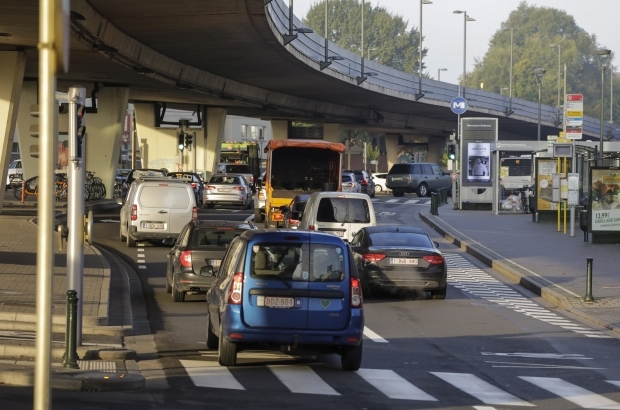- Daily & Weekly newsletters
- Buy & download The Bulletin
- Comment on our articles
Flemish Brabant tops Belgium's car ownership ranking
Car ownership in Belgium is most common in the province of Flemish Brabant, on the outskirts of Brussels, according to the latest figures published by Europe’s statistical office, Eurostat.
In 2022, there were 683 cars per 1,000 inhabitants in Flemish Brabant, compared to 390 in the Brussels region, where car ownership is at its lowest in the country.
This compares to a national average of around 500 cars per 1,000 inhabitants. Belgium is placed 17th out of the European Union 27 countries for car ownership per capita.
Flemish Brabant also has the highest percentage of electric cars, with the data revealing that, in 2022, 2.5% of passenger cars in the province were electric.
Brussels came next with 1.5%, while in all the other provinces the share was even lower. Luxembourg (0.4%) is the commune with the fewest electric cars.
In terms of car ownership, after Flemish Brabant came Limburg (540 private cars per 1,000 inhabitants), Walloon Brabant (524 per 1,000) and East Flanders.
Wallonia too has a high percentage of car drivers, with Namur and Luxembourg also having more than 500 cars per 1,000 inhabitants.
Car use in Hainaut and Liège provinces is lower, with both regions falling in the 400-500 cars per 1,000 inhabitants category.
On a European level, in 2022, the average number of passenger cars per 1,000 inhabitants was 560, according to Eurostat.
From 2012-2022, the average number of cars increased by 14.3% from 490 to 560 passenger cars per 1,000 inhabitants.
Italy had the highest number, with 684 passenger cars per 1,000 inhabitants, followed by Luxembourg (678), Finland (661), and Cyprus (658).
Latvia had the lowest rate with 414 passenger cars per 1,000 inhabitants, followed by Romania (417), and Hungary (424).
Eurostat said the differences were often linked to economic situations - in general, poorer countries have fewer cars.
There may also be special circumstances. For example, the favourable tax regime in Italy’s Valle d’Aosta region has contributed to the massive number of 2,339 cars per 1,000 inhabitants.



















